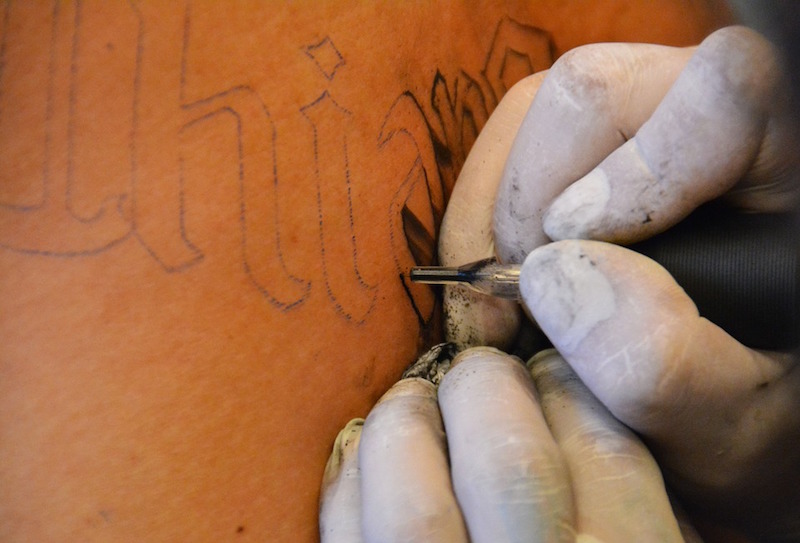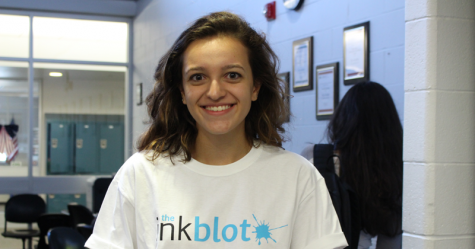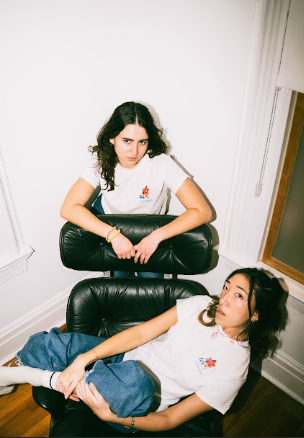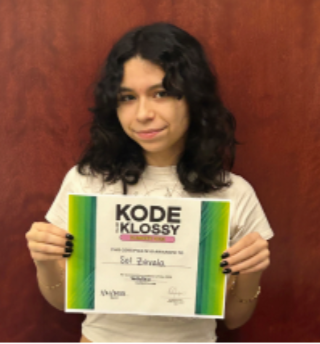Tattoos speak louder than words
A New Jersey state certification for tattoo artist requires a minimum of 2,000 hours of tattoo apprenticeship.
April 13, 2017
Thomas Edison: legendary inventor. Mike Tyson: legendary boxer. Kate Moss: legendary model. One art form unites these three seemingly unrelated icons: tattoos.
Whether to express individuality or conformity, tattoos have been present for thousands of years. Discovered in 1991, Iceman Ötzi boasts the oldest recorded tattoos, as he was estimated to have deceased circa 3250 B.C., according to British news site “Independent.”
Although tattoos have been around for over 5,200 years, historians credit Thomas Edison for holding the first patent for a tattoo machine with his electric pen. But little did he know, the simple invention would progress to become an instrument of fine art and produce a market for tattoo preservation of human skin.
Life in Color
As a tattoo artist for 30 years and the owner of South Side Tattoos in Howell for 17, Troy Chartier has been intrigued by tattoos and the art world for decades. As a teen, Chartier was fascinated as he watched his older brother get a full sleeve of tattoos. In his free time, he sculpted and painted. Becoming a tattoo artist was naturally his next move.
But the certification process was certainly a lengthy one. Chartier said attaining a New Jersey state certification for tattoo artist requires a minimum of 2,000 hours of tattoo apprenticeship.
Yet he said the career is worthwhile as he has worked with hundreds of customers. But his strangest client was not even a human.
“The lady was a breeder… She had a dog that was born with a color deficiency in his nose,” Chartier said.
So the dog went under anesthesia and minutes later, Chartier tattooed the dog’s nose. Despite some unexpected requests, Chartier said the tattoo industry isn’t all it seems to be on TV.
“Tattooing has definitely changed a lot. For what it’s worth, I hate just every tattoo show out there.”
Best and Brightest Body Art
With 21 percent of adults claiming to have a tattoo in a 2012 Harris poll, it’s no surprise to see some ink around the halls of CHS. At least seven students have tattoos, according to an Inkblot email survey of 227 students from March 22 to March 23.
Senior Jaime Tirrell of Long Branch is one of them. In February, Tirrell drove an hour away to Pure Ink Tattoos in Ledgewood for her first tattoo – a colorful arrangement of flowers that covers almost the entirety of her back.
“It’s flowers. I have lilacs and poppy flowers,” Tirrell said. “Poppy flowers symbolize resting in peace, so that’s in honor of my grandfather. And I also picked some grapevines, because he’s Italian and has a vineyard, so those are important to him. And lilacs are my mom’s favorite flowers.”
Like Tirrell, senior Kierin Rogers of Red Bank selected a tattoo – a geometric bird – that symbolized her familial roots.
“My sister lives in a foreign country and my mom knows I’m going away to college soon. So me, her and my sister, all got matching ones,” Rogers said. “It was the kind of situation where it wasn’t like rebellious. It was just an artistic decision that my family made together in order to kind of bond.”
Rogers was 17 when she got her tattoo so she needed parental permission. The National Conference of State Legislature (NCSL) reports that almost every state has laws addressing some aspect of body art. New Jersey is one of 28 states that requires parental permission for minors to be tattooed.
The Loophole
But senior Angel Chasco of Middletown found a way around the system. Over the summer, Chasco gave himself a stick-and-poke tattoo, which he referred to as “maybe not the wisest decision.” Stick-and-poke tattoos are a DIY alternative to professional tattoos. Jessica Contrera of “The Washington Post” detailed the most common procedure for engraving ink at home.
“First, the needle is typically attached to an object that makes it easier to hold, like a pencil. Then a thread is wound tightly around the needle. When the needle is dipped into ink, this thread holds the liquid, which drips into the skin as the needle is pressed down about one-eighth of an inch. Repeat a few times, and you’ve got yourself a tattoo.”
Regardless of the means, Chasco values the meaning of his body art.
“I decided to get a tattoo because I really wanted one and couldn’t go out and get one legally, and because of that I chose to do it on my own. The male symbol is really important to me as a transgender person,” Chasco said.
Reactions
Tirrell said her parents were not thrilled when she said she was interested in getting a tattoo.
“I told them there wasn’t anything they could do about it because it’s my body. So I was like, ‘Well, I’m gonna do it with or without your support.’”
After showing her parents the tattoo, Tirrell got a more positive reaction. But while her mom loved it, her dad “just kind of walked away.”
Senior Sam Bender of Neptune had a different experience as the tattoo artist was a family friend.
“The tattoo artist was one of my mom’s friends that she worked with so she was totally okay with it. I think my dad was a little bit heartbroken. He’s very conservative. When I told him, there was a dead silence for two minutes. He was just completely surprised. But he’s come around to it,” Bender said.
The Next Fine Arts Medium
Despites parental fears, tattoos now frequently serve as a medium of fine arts. The Field Museum in Chicago currently features a temporary exhibit entitled “Tattoo,” which from Oct. 21, 2016 to April 30, 2017 displays information regarding the various motives for tattoos, tools used to create tattoos and tattoo distinctions across different cultures. The display also includes a workshop in which attendees can pay to have their body brandished by that day’s highlighted Chicagoan artist.
On a larger scale, Time Steiner, who BBC calls, “The man who sold his back to an art dealer,” spent 40 hours in 2006 having his back tattooed by infamous artist Wim Delvoye, most commonly known for his controversial tattoo work which uses live pigs for canvases. Steiner’s back image, a Madonna adorned with a Mexican-style skull and a halo with yellow rays, was sold as a work entitled, “TIM,” to German art collector Rik Reinking in 2008 for 150,000 euros. As detailed in his contract, Steiner must display the tattoo in galleries at least three times a year. Steiner’s back has been exhibited across the world, and he has sat motionless and emotionless for 1,500 hours, with only a line separating him from viewers.
“I’ve been touched, blown on, screamed at, pushed and spat on; it’s often been quite a circus,” Steiner told BBC after a gallery appearance in January. “But I wasn’t touched a single time on this trip, it’s a miracle.”
The Legacy of Tattoos
Steiner’s back art is contracted to live on forever as he agreed to have his back skinned and framed permanently, to be displayed in Reinking’s personal art collection.
But Steiner isn’t the only man alive with his back already scheduled to be preserved. The National Association for the Preservation of Skin Art (NAPSA) has offered to “bequeath your tattoo just like a house, wedding ring, or any other cherished possession, so that your loved ones can experience your legacy,” in a promotional video. Although the NAPSA has suspending their membership-based preservation packages, they are hoping to develop tattoo preservation through funeral homes, as stated on their website, savemyink.com.















